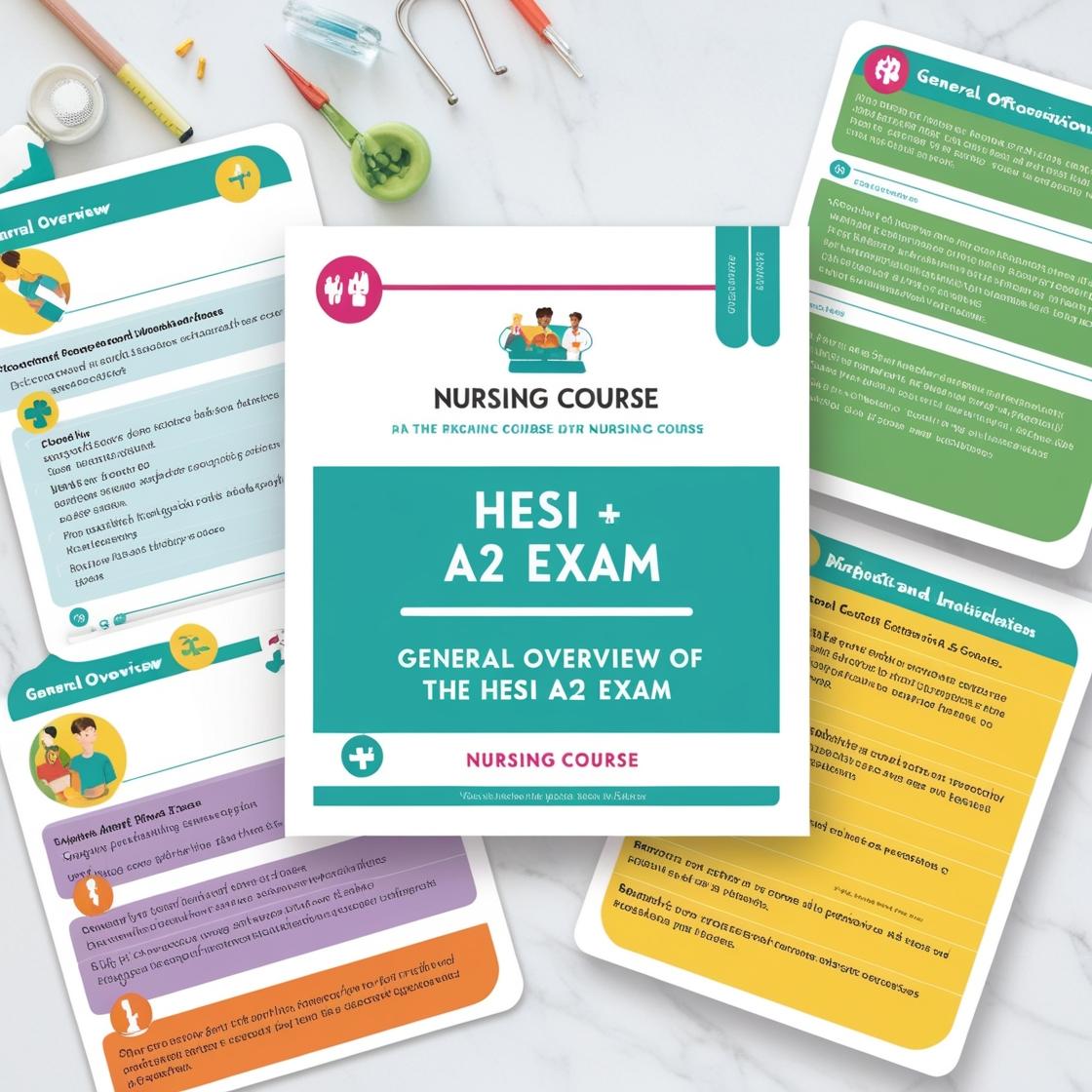HESI A2
HESI A2 Math Practice Test 2022
1. Fred's rule for computing an infant's dose of medication is: infant's dose = (Child's age in months x adult dose) / 150. If the adult dose of medication is 15 mg, how much should be given to a 2-year-old child?
- A. 2.4 mg
- B. 3
- C. 48 mg
- D. 1
Correct answer: A
Rationale: To calculate the dose for a 2-year-old child using Fred's rule, we substitute the child's age (24 months) and the adult dose (15 mg) into the formula: (24 x 15) / 150 = 2.4 mg. Therefore, the correct answer is A, representing 2.4 mg for a 2-year-old child. Choice B is incorrect as it does not match the calculated dose. Choice C is incorrect as it does not consider the formula provided. Choice D is incorrect as it does not reflect the correct calculation based on the given information.
2. Find the value of x in the ratio and proportion 18:x=10:300.
- A. 16
- B. 180
- C. 30
- D. 540
Correct answer: D
Rationale: To find the value of x, cross multiply in the ratio 18:x=10:300. This gives 18 * 300 = 10 * x. Solving for x, x = 540. Therefore, the correct answer is D. Choice A (16), Choice B (180), and Choice C (30) are incorrect because they do not satisfy the proportion equation 18:x=10:300 when cross multiplied.
3. What is the result of dividing 3.44 by 0.6 rounded off to the nearest whole number?
- A. 0
- B. 6
- C. 11
- D. 2
Correct answer: B
Rationale: To find the result of dividing 3.44 by 0.6, you perform the division operation: 3.44 ÷ 0.6 = 5.73. When rounded off to the nearest whole number, 5.73 becomes 6. Therefore, the correct answer is 6. Choice A is incorrect as the result is not 0. Choice C is incorrect as it is not the closest whole number to 5.73. Choice D is incorrect as it does not reflect the accurate division result.
4. Solve the proportion (find the value of x): 9:14 = x:56.
- A. x = 14
- B. x = 25
- C. x = 36
- D. x = 42
Correct answer: C
Rationale: To solve the proportion 9:14 = x:56, you can cross multiply to get 9 * 56 = 14 * x. This simplifies to 504 = 14x. Dividing by 14 on both sides gives x = 36. Therefore, the value of x in the proportion is 36. Choice A, x = 14, is incorrect as it does not satisfy the proportion equation. Choice B, x = 25, is incorrect as it is not the value that makes the proportion true. Choice D, x = 42, is incorrect as it does not correctly satisfy the proportion equation.
5. A truck driver traveled 925 miles from 8 am Tuesday to 5 pm Wednesday. During that time, he stopped for 30 minutes for lunch and gas at 1 pm Tuesday. He stopped for the night at 7 pm and was back on the road at 5 am. What was his average speed?
- A. 42 mph
- B. 35 mph
- C. 30 mph
- D. 50 mph
Correct answer: A
Rationale: To find the average speed, divide the total distance traveled (925 miles) by the total time taken (22 hours). Subtracting the time for the lunch and gas stop (30 minutes) and overnight stop (7 pm to 5 am, 10 hours), we have a total elapsed time of 22 hours. Dividing 925 miles by 22 hours gives an average speed of approximately 42 mph. Choice B, 35 mph, is incorrect because it doesn't account for the total time spent including the stops. Choice C, 30 mph, is incorrect as it underestimates the speed. Choice D, 50 mph, is incorrect as it overestimates the speed.
Similar Questions

Access More Features
HESI A2 Basic
$89/ 30 days
- 3,000 Questions with answers
- 30 days access @ $89
HESI A2 Premium
$129.99/ 90 days
- Actual HESI A 2 Questions
- 3,000 questions with answers
- 90 days access @ $129.99
